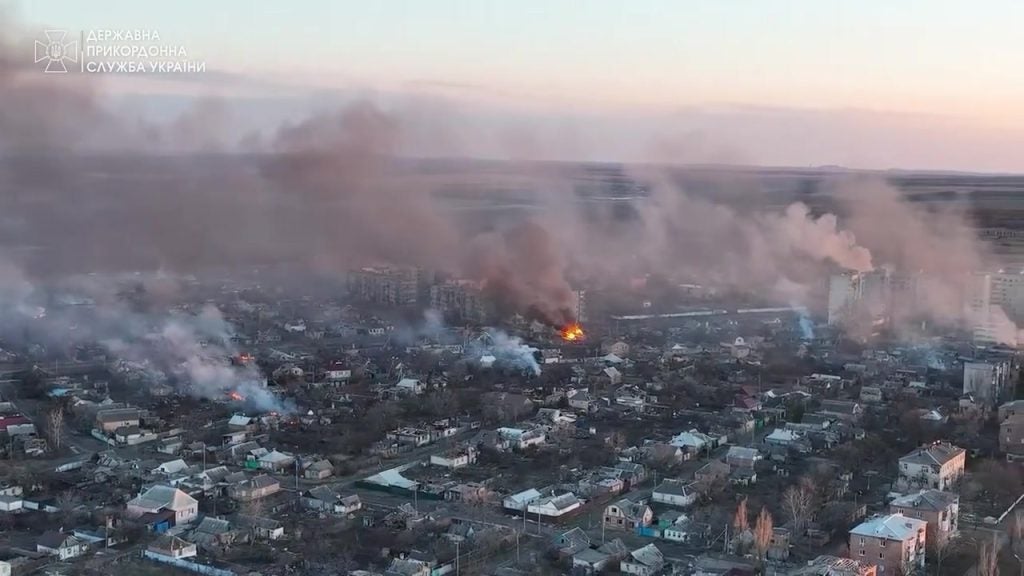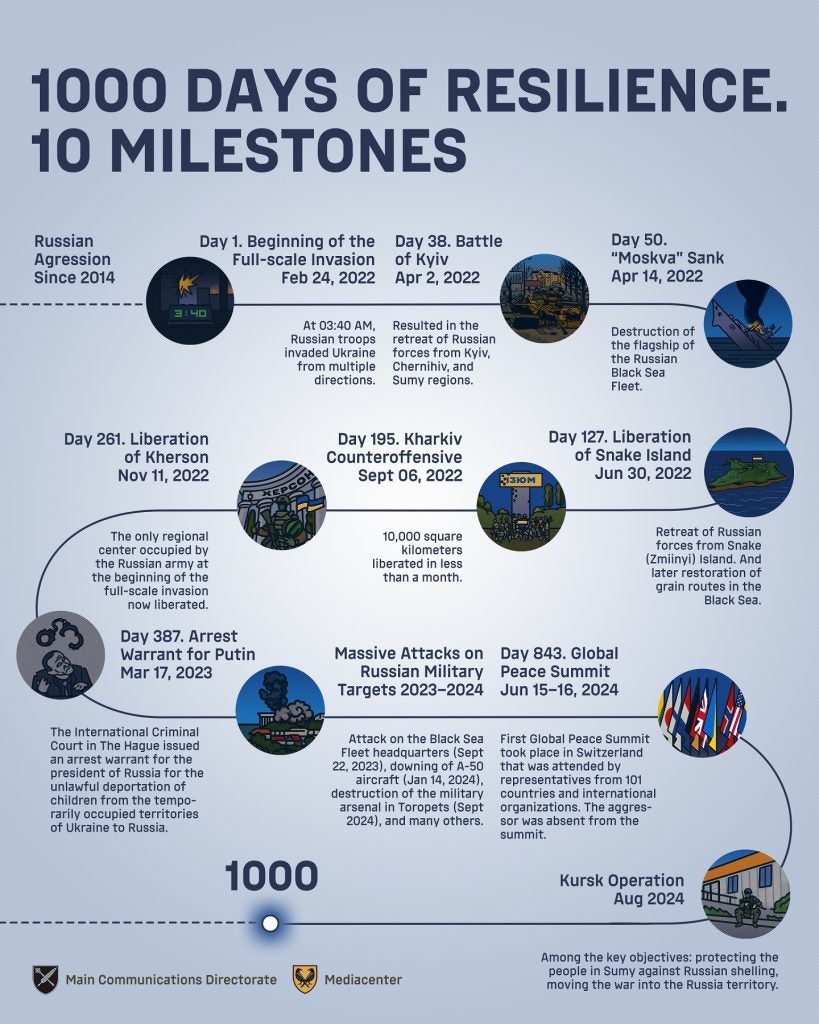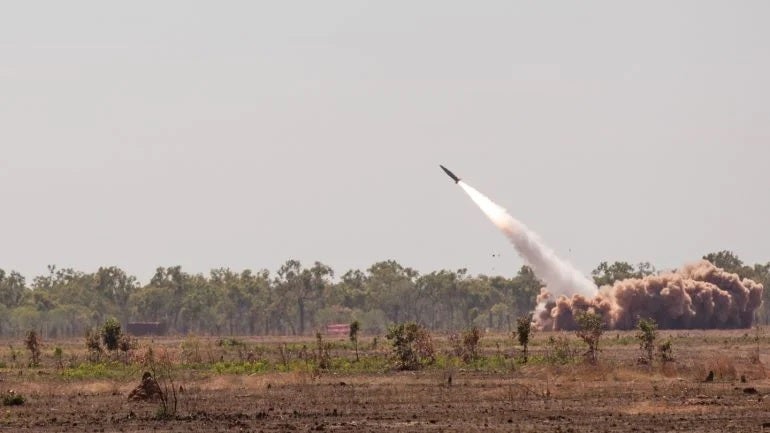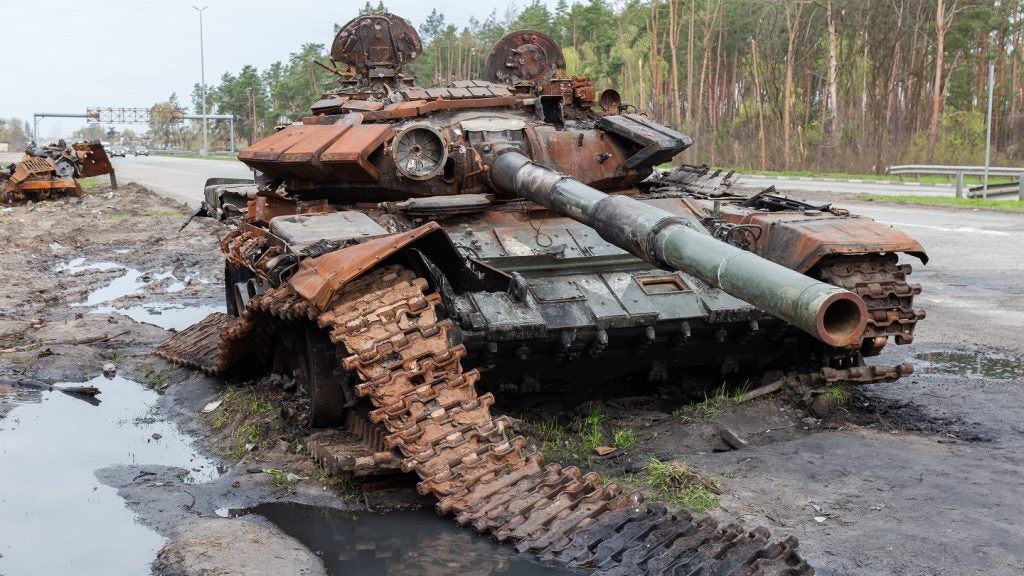The numbers behind the Ukraine-Russia war are staggering, with hundreds of thousands of military and civilian deaths, tens of billions of dollars of financial aid given to Kyiv by Western allies, along with many tens of thousands of military vehicles and other pieces of military equipment since February 2022.
Charting the human cost, Russian casualties are widely reported to be in the region of 700,000 killed and wounded, amounting to an average of more than 700 per day. Current losses of around 1,500 personnel each day across the 800km frontline are the highest of the war so far, although it is understood that Russia has been able to keep pace with such rates.
The Ukrainian MoD states that information regarding military casualties in Ukraine is “legally protected”, with reports ranging from the low tens of thousands to in excess of 150,000.
According to a report by the Office of the United Nations High Commissioner for Human Rights (OHCHR), as of September 2024 over 11,700 Ukrainian civilians have been killed, and more than 24,600 have been injured since the start of Russia’s full-scale invasion.
It is possible that the combined Ukrainian-Russian-civilian casualty count could be approaching, or even have since exceeded, one million people.

In the first ten months of the war, the combined equipment loss amounted to more than 11,000 military platforms such as tank, armoured vehicles, and aircraft, with Russian losses in this time are more than it sustained in both Chechen wars combined.
By February 2024, attritional combat along the frontlines and bloody trench warfare and urban combat pushed the combined military casualty figure to beyond the 500,000 mark. By June, Russian casualties along were thought to have reached half a million soldiers and military personnel.
Notional efforts at combined arms operations had since ended with dismounted infantry waves and artillery the main tactic seen on the front. Unrestricted suicide drone warfare is lending a further dystopian twist to combat, with videos circulating of troops being hunted by buzzing quadcopters.
In January 2024, Russian tank losses were estimated to have surpassed 2,600 units, along with 4,900 other armoured vehicles. Russia’s war economy was considered able to replenish such losses, although an increasing amount of old Soviet-era equipment was being pressed into service.
Most recently, more than 10,000 North Korean troops are thought to be operating in Russia’s Kursk region in aid of Moscow’s forces, a recent escalation with the direct introduction of personnel from a third party in the war.
Ten key dates of the 1000-day war
The following information has been provided by the Ukrainian Ministry of Defence, detailing some of the most significant combat events on land, sea, and air that have shaped the war in the eyes of Ukraine.
Day one of the invasion
On 24 February 2022 – At 3:40AM Russian troops flooded into Ukraine from multiple directions:
* The South — from occupied Crimea
* The East — from the occupied Donetsk
* The Northeast — from Russia
* The North — via Belarus
Russian President Vladimir Putin refers to the invasion as a “special military operation”, declining to state that it is war.
Battle of Kyiv and the North
2 April 2022 (day 38 of the invasion) – After more than a month of fighting in the sector, Russian troops retreat from the Ukrainian capital and northern Ukraine, liberating occupied parts of Kyiv, Chernihiv, and Sumy regions. Evidence of extrajudicial killings of Ukrainian civilians by Russian forces in Bucha, Irpin, Borodyanka, and Hostomel draws international condemnation. Ongoing defence of Mariupol's Azovstal continued at a “tremendous cost”.
Moskva sunk
14 April 2022 (day 50 of the invasion) – Ukrainian forces sink the cruiser Moskva, flagship of the Russian Black Sea Fleet. This began the battle for the Black Sea, which effectively expelled the Russian Navy from Crimea and limited its operations in the northern Black Sea, according to Ukraine’s MoD.
Liberation of Snake Island
30 June 2022 (day 127 of the invasion) – After months of occupation and fighting, Russian forces retreaded from Snake (Zmiinyi) Island on Ukraine’s border with Romania, allowing for the resumption of grain supplies through maritime trade routes in the Black Sea Grain Initiative.
Kharkiv counteroffensive
6 September 2022 (day 195 of the invasion) — The so-called 'Kharkiv Counteroffensive' begins, resulting in the liberation of 10,000km2 of occupied territory. Ukraine says it found evidence of further extrajudicial killings in Izium and Balakliia.
Liberation of Kherson
11 November 2022 (day 261 of the invasion) — Kherson, the only regional capital captured by the Russian army at the beginning of the full-scale invasion, was retaken by Ukrainian forces.
Arrest warrant for Putin
17 March 2023 (day 387 of the invasion) — The International Criminal Court in The Hague issued an arrest warrant for Russian President Vladimir Putin for the forced relocation of children from occupied Ukrainian territories to Russia.
Long-range strikes on Russian targets
Throughout 2023-2024 – There have been intensified attacks on targets inside Russia and occupied Ukrainian territories, including a strike on the headquarters of the Black Sea Fleet in Sevastopol (22 September 2023), the downing of an A-50 early warning and control aircraft over the Sea of Azov (14 January 2024), the destruction of a military ammunition depot in the city of Toropets in Tver region (September 2024).
Peace summit
15 June 2024 (day 843 of the invasion) — The first Global Peace Summit got underway in Switzerland, attended by representatives from 101 countries and international organisations in a bid to secure a viable peace in Ukraine. Russia was not present.
Kursk operation
6 August 2024 (day 895 of the invasion) — Ukrainian Defense Forces' operation in Russia's Kursk region began, with around 900km2 of Russian territory seized, intended to be used as leverage in any peace negotiation. Ongoing Russian counterattacks reduce the occupied territory to around 500-600km2.

Analysis: Western aid, and Trump’s return
In the 1,000 days that have gone by since Russia’s infamous invasion, the global security landscape has been upended, with Kyiv finding itself with a small window of opportunity before a Donald Trump-enforced peace deal is signed.
The re-election of former US president Donald Trump back to the White House was the most feared outcome across most European capitals, and one that will be welcomed by Russian President Vladimir Putin. The military and financial aid that Washington has provided to Ukraine will likely dry up as Trump seeks to return to an isolationist agenda, leaving Europe to fend for itself.
Potentially, Ukraine has two months in which to secure its future.
The outgoing administration of US President Joe Biden will seek to open the military assistance floodgates to provide Ukraine with as much equipment as possible before the likely cut-off from the incoming Trump.

Biden has already loosened restrictions placed on US long-range missile, such as the ATACMS, in being prohibited for use against targets inside Russian territory.
As of 1 November, the US has committed approximately $60.4bn in military equipment aid to Ukraine since the beginning of Russia’s full-scale invasion.
European Nato allies have also provided tens of billions of dollars’ worth of military assistance to Ukraine, as well as other financial aid intended to keep the government of President Volodymyr Zelenskyy solvent.
It is understood that Ukraine is effectively financed through the entirety of 2025 through a combination of seized Russian finances sitting in European bank, and other donations.
Analysis conducted by Army Technology estimated that by July 2024, more than 800 main battle tanks had been pledged or provided by Western allies to Ukraine. In the same timeframe, up to 1,000 artillery platforms, mostly of 155mm calibre, had been donated.

Tens of thousands of Ukrainian military personnel have been trained by Western forces, which have also provided tens of millions of small arms, artillery, and other ammunition required by Kyiv.
However, despite all the aid, Russian forces continue to press along the front, achieving a series of significant gains in 2024, such as the capture of Vuhledar and Avdiivka, which followed the loss of Bakhmut in 2023.









